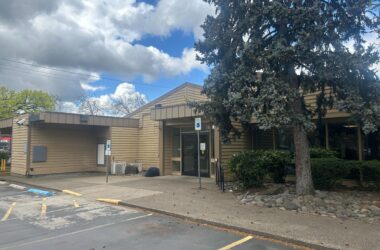
During the Land Needs Analysis meeting Friday, Sept. 28, preliminary results found by the City of Creswell and ECONorthwest show that Creswell does not have enough land to accommodate expected housing growth in future years, and there is concern for affordable housing. It has been suggested that Creswell evaluates its land use efficiency measures and consider an urban growth boundary (UGB) expansion.
The analysis of the housing needs for the Creswell community will, ”Provide a basis for an update to the city’s Comprehensive Plan Housing Element, as well as development of an action plan to implement the housing policies,” according to a memorandum draft on Creswell housing policies and actions provided by Beth Goodman of ECONorthwest.
Key findings of the analysis show that from 2012 to 2016 there are three available housing units single family detached homes, single family attached homes (townhouses) and multi family homes (duplexes and apartments), with 83 percent living in detached single-family homes.
When it comes to income, in 2016 the highest percentage of Creswell individuals (28 percent) fall under the $60,000 to $100,000 category. The second highest percentage (25 percent) falls under the $20,000 to $40,000 category. With median rent higher than Lane County and Oregon at $961, households who are cost burdened – paying 30 percent of their income or more for housing costs – make up 32 percent of the community.
”There’s a disparity and it’s much more visible,” Goodman said. ”It’s happening everywhere, but it’s happening in Creswell at a rapid rate.”
With an expected population forecast in 2019 to 2039 of 2,021 more people, Creswell is expected to need around 846 more dwelling units; however, around 412 households will be struggling to pay for those dwelling units. An income range from $32,050 to $51,280 with monthly housing costs between $801 to $1,282 is in some cases under the median Creswell rent ($961).
”One third of the population can’t afford housing,” Goodman said. ”It’s not as big (a disparity) as some places, but that’s a lot. Some might be able to find something for $801 a month, some won’t.”
The biggest implications of these findings show that some households lack affordable housing, and a relatively few households can afford sales price and there is a demand for a greater range of housing types – especially among older households, with a demand for smaller units and households with families, with a demand for affordable units.
However, in looking at potential forecasts of new housing types, in all scenarios, there is a deficiency of land available that would accommodate the housing growth.







